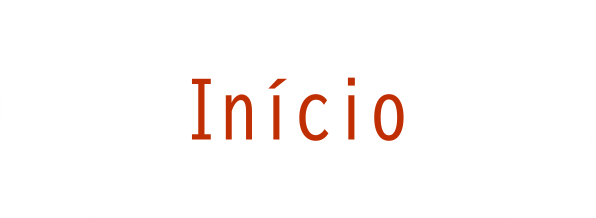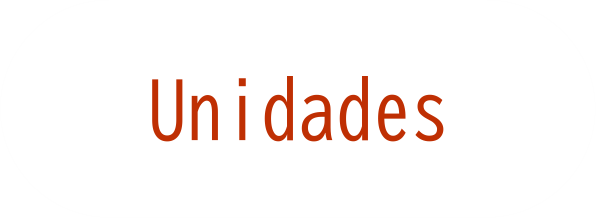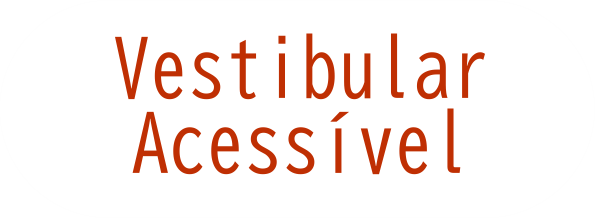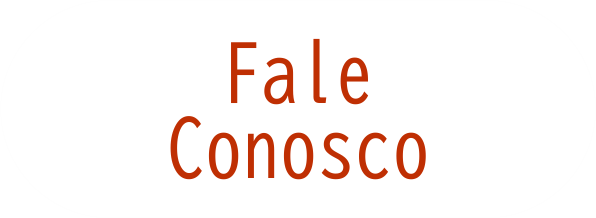Outcome in childhood Guillain-Barré syndrome.
Autor(es): Kalra Veena; Sankhyan Naveen; Sharma Suvasini,Gulati Sheffali; Choudhry Rama; Dhawan Benu
Resumo: To prospectively assess the outcome of children diagnosed with Guillain-Barré syndrome (GBS), followed up for a median duration of 25 months. Tertiary center, prospective follow up of children with GBS enrolled between, Dec 2003 to Sep 2006. Functional recovery was determined at 12 months and later using Hughes scale (0-6). Clinical, electrophysiological variables were compared between the good outcome (grade 0/1) and bad outcome groups (died or functional grade >1). Among 52 children with a median age of five yr there was male preponderance (75.4%). Mortality during acute phase was 11.5% (6/52). Among the survivors long term data was obtainable in 40 of the 46 children. At one year follow up 87.5% children had fully recovered or had minimal symptoms, beyond one year this rose to 95%. Only 2 among 40 had significant symptoms at last follow up (1 grade-2 and 1 grade-3). Factors significantly associated with poor outcome were: need for artificial ventilation, inexitable nerves on nerve conduction testing and delayed independent walking. Children needing ventilation have the worst short-term prognosis. However, irrespective of severity during acute phase, good long-term recovery can be expected in most children.
Imprenta: Indian Journal of Pediatrics, v. 76, n. 8, p. 795-799, 2009
Identificador do Objeto Digital: 10.1007/s12098-009-0125-y
Descritores: Guillain-Barre Syndrome - Epidemiology ; Guillain-Barre Syndrome - Public health
Data de Publicação: 2009

